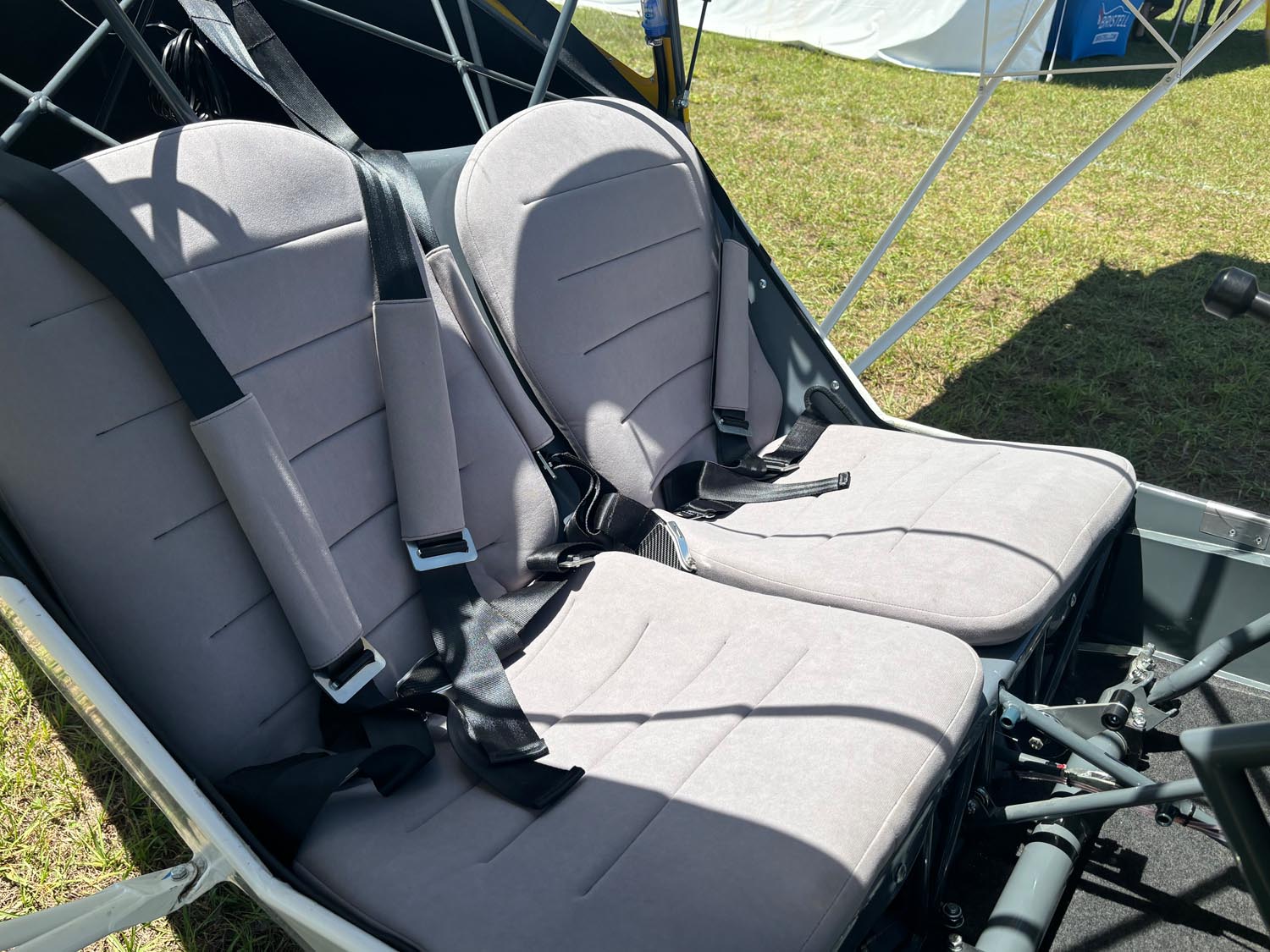 One of the most active sectors in light aviation is LSA seaplanes. We’ve seen ups and downs, arrivals and departures of LSA seaplane producers. Admittedly, these flying machines are more complex than current-day LSA. For example, amphibs need retractable landing gear and substantial boat hulls able to take water loads.
LSA seaplanes constitute a highly fluid market yet we can see clues suggesting what might be ahead for some of the main brands. With summertime approaching, this State-of-the-Sector article attempts to keep up with the rapidly changing landscape (or waterscape).
We’ll first look at two high-end entries that have been in the news and conclude with present LSA seaplanes and their status in the market.
Vickers Wave
Writing for AVweb (part of Firecrown, which also owns Flying and ByDanJohnson.com plus several other publications), my fellow aviation journalist Russ Niles stated, “New Zealand-based Vickers Aircraft Company says it intends to make its first delivery of the Wave two-place amphibious aircraft to a U.S.
One of the most active sectors in light aviation is LSA seaplanes. We’ve seen ups and downs, arrivals and departures of LSA seaplane producers. Admittedly, these flying machines are more complex than current-day LSA. For example, amphibs need retractable landing gear and substantial boat hulls able to take water loads.
LSA seaplanes constitute a highly fluid market yet we can see clues suggesting what might be ahead for some of the main brands. With summertime approaching, this State-of-the-Sector article attempts to keep up with the rapidly changing landscape (or waterscape).
We’ll first look at two high-end entries that have been in the news and conclude with present LSA seaplanes and their status in the market.
Vickers Wave
Writing for AVweb (part of Firecrown, which also owns Flying and ByDanJohnson.com plus several other publications), my fellow aviation journalist Russ Niles stated, “New Zealand-based Vickers Aircraft Company says it intends to make its first delivery of the Wave two-place amphibious aircraft to a U.S.Summer’s Almost Here! State-of-the-Sector Report for LSA Seaplanes
One of the most active sectors in light aviation is LSA seaplanes. We’ve seen ups and downs, arrivals and departures of LSA seaplane producers. Admittedly, these flying machines are more complex than current-day LSA. For example, amphibs need retractable landing gear and substantial boat hulls able to take water loads.


Vickers Wave
Writing for AVweb (part of Firecrown, which also owns Flying and ByDanJohnson.com plus several other publications), my fellow aviation journalist Russ Niles stated, “New Zealand-based Vickers Aircraft Company says it intends to make its first delivery of the Wave two-place amphibious aircraft to a U.S. customer in April of 2025.” Its Wave LSA seaplane has been in development for more than a decade.

Vickers added, “The plane has finished its flight testing and shook out with a 120-knot cruise and useful load of 750 pounds with a Rotax 916 iS pushing it along.”
Paul said the company is planning to manufacture Wave in the U.S. “Most current investors are Americans,” Paul noted. A U.S. customer will receive the first Wave.
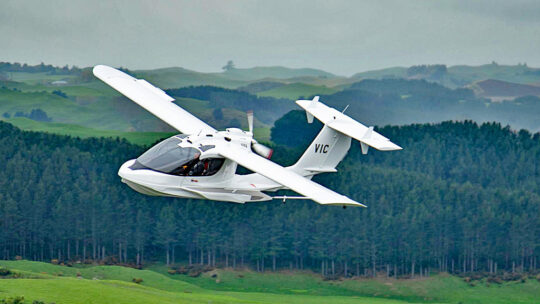
Regulatory Alert: Rumors are flying that Mosaic may need an extension. We have nothing confirmed at this goes online but the rushed-to-market regulatory proposal needed plenty of work so a delay is hardly surprising. Nonetheless, many pilots may find this news disappointing.
Icon A5
Another colleague Meg Godlewski wrote for Plane & Pilot magazine (also part of Firecrown), “Icon selected… a stalking horse bidder” after declaring Chapter 11 bankruptcy. She clarified, “A stalking horse bid is defined as an initial offer on the assets of a bankrupt company” to establish a baseline price for assets of the company. The stalking horse is SG Investment America Inc.
“The decision to designate a stalking horse bidder underscores our commitment to ensuring the long-term viability of our business,” said Jerry Meyer, CEO of Icon. “We believe that this proactive approach will help employees, partners, and customers have confidence in our ongoing operations, enabling the company to achieve the best possible outcome.”
Icon reported that during their bankruptcy process the California company will continue to build, sell, and service its amphibious A5 LSA seaplane. The company noted the bankruptcy sale is expected to continue through late May 2024.
Icon announced more promising news in February this year.
Latest Update: According to Law360, on May 8, 2024, a Delaware bankruptcy judge gave final approval to Icon Aircraft’s $9 million in Chapter 11 financing and a June asset auction.
Progressive Aerodyne Searey
In the LSA seaplane space, one brand has performed far above all other brands. I refer to Progressive Aerodyne’s Searey, with more than 600 aircraft flying and a loyal user base of pilots. Most built their Searey and until the U.S. factory ceased operations some months back, that still comprised a share of their enterprise.

Unfortunately the story began to develop cloudy skies after it was sold to a Chinese owner a few years after earning a Special LSA certificate. Like many large enterprises in the Asian country, Searey’s owner is a conglomerate with a sprawling enterprise. In fact, that may be part of the problem. This relatively small aircraft-building enterprise is hidden among the many challenges Chinese corporations face today. Regretfully, this means a revival of the operation is stuck.

Under lock without access, Progressive Aerodyne is reportedly packed into containers in their former factory, while the rent continues unpaid. It looks dire, but a moderately-well-funded investor group could get up and running fairly quickly, it was imagined. The parts business alone has sustained the company and offers a route back to normal operation; reviving that would be a relief to current Searey owners. Action will depend on current ownership making a decision; when that may happen is not known.
Yet combined with the original talent that created this popular LSA seaplane, new investors could quickly brighten those cloudy skies.
Brazil’s Seamax
This Brazilian entry made a literal splash when it first arrived in the USA at one of the first Sebring LSA Expo events almost 20 years ago. Pilots with discerning eyes admired its clean, effective engineering. Approaching 200 have reportedly been delivered worldwide.

Unfortunately, as reported here, the skies over Brazil’s Seamax also darkened but in this business case, a fix is less certain.

“In North America, the Brazilian company allegedly has more than a dozen orders to fulfill, to customers that have made substantial deposits.” The prognosis for those deliveries is unknown, though the company reportedly delivered one aircraft to America recently using unorthodox channels.

Reader Notice: Seamax from Brazil is very different from Super Petrel from Brazil. The latter company has built their base steadily from operations in Florida. Super Petrel USA is alive and well, delivering aircraft including their newest XP model. They are holding events and seminars for owners. Company owner Rodrigo Scoda from Scoda Aeronautica was recently in the U.S. in support of American operations.
Aero Adventure,
Least Drama—Lowest Price
One company of the six mentioned here has experienced the least turbulence in their business. This is Aero Adventure, longtime producer of the Aventura I & II line. The two-place model is available as a kit-built aircraft or you can buy a fully-built one with Special LSA credentials. If you want more power and are willing to build a kit, they offer the S-17 Adventura.

“Due to enhancements in our production capabilities,” Aero Adventure stated in a recent mailing, “we produced an additional kit beyond our standard production last month (April, 2024), which is now available for purchase!”
Compare a low price and immediate delivery to any of the aircraft above. It seems like an earlier time when people could actually afford stuff and dealers had products in-stock, ready to deliver. Of course, you’ll have to add an engine, avionics, and you might want to doll up the interior but the base price is righteous.
For not much more than $100,000 you could be airborne in a brand-new, well-proven seaplane from a stable manufacturer that is growing their enterprise. Given almost everything you buy has doubled in price during the 2020s, Aventura seems a genuine bargain in 2024.

If interested, here are details…
- Aventura II Kit — ready to ship!
- Two place
- New panel (larger); factory can set it up for you and send it ready for installation.
- All the composite parts go with primer PU
- Dual controls
- Fly doors on or off
- Quick assembly time of 250 hours with basic tools
- All hardware and everything needed to assemble the kit included
- Electric flaps
- 23-gallon (87-liter) fuel tank
- Sails in red; we can customize as you wish
- All made from 6061-T6 anodized aluminum
- Manual retract, standard; electric retract, optional
- Wheels, brakes, tires, and tubes.
- Printed assembly manual
- Possibility to ship it as a “quick build” version
- Possibility to have the factory prepare all the electrical stuff
Atol & LN-3 from Europe,
Floatplanes and More
The seaplane market is by far the strongest in America though such aircraft are used in other countries, albeit generally with less waterway access than Yankee pilots enjoy. Nonetheless, overseas producers do target the U.S. market while adding sales to other nations.

In addition to these boat-hulled seaplanes, pilots can also choose any number of land aircraft that can be fitted with floats. However, that is a whole other story… and again, you can search this website where you will find articles on almost every aircraft in this space.
 One of the most active sectors in light aviation is LSA seaplanes. We’ve seen ups and downs, arrivals and departures of LSA seaplane producers. Admittedly, these flying machines are more complex than current-day LSA. For example, amphibs need retractable landing gear and substantial boat hulls able to take water loads.
LSA seaplanes constitute a highly fluid market yet we can see clues suggesting what might be ahead for some of the main brands. With summertime approaching, this State-of-the-Sector article attempts to keep up with the rapidly changing landscape (or waterscape).
We’ll first look at two high-end entries that have been in the news and conclude with present LSA seaplanes and their status in the market.
Vickers Wave
Writing for AVweb (part of Firecrown, which also owns Flying and ByDanJohnson.com plus several other publications), my fellow aviation journalist Russ Niles stated, “New Zealand-based Vickers Aircraft Company says it intends to make its first delivery of the Wave two-place amphibious aircraft to a U.S.
One of the most active sectors in light aviation is LSA seaplanes. We’ve seen ups and downs, arrivals and departures of LSA seaplane producers. Admittedly, these flying machines are more complex than current-day LSA. For example, amphibs need retractable landing gear and substantial boat hulls able to take water loads.
LSA seaplanes constitute a highly fluid market yet we can see clues suggesting what might be ahead for some of the main brands. With summertime approaching, this State-of-the-Sector article attempts to keep up with the rapidly changing landscape (or waterscape).
We’ll first look at two high-end entries that have been in the news and conclude with present LSA seaplanes and their status in the market.
Vickers Wave
Writing for AVweb (part of Firecrown, which also owns Flying and ByDanJohnson.com plus several other publications), my fellow aviation journalist Russ Niles stated, “New Zealand-based Vickers Aircraft Company says it intends to make its first delivery of the Wave two-place amphibious aircraft to a U.S.

 When we last wrote about the
When we last wrote about the  Not just any prop. This special “non-planar” three-blade prop designed by Craig Catto features an unusual bit of blade shape near the tips, all aimed at reducing noise while retaining or, even better, increasing efficiency. As tested on the Whisper Sling, the
Not just any prop. This special “non-planar” three-blade prop designed by Craig Catto features an unusual bit of blade shape near the tips, all aimed at reducing noise while retaining or, even better, increasing efficiency. As tested on the Whisper Sling, the 





 Throughout the ’70s, hang glider designs accelerated smartly in glide performance and sink rate, stretching from slope-hugging 4:1 triangular-shaped wings to elegantly long and slender “bladewings” that could exceed a 20:1 glide yet remain foot-launchable and still be an aircraft you could carry on your shoulder (when folded down). Passionate enthusiasts thrilled to a 5X performance improvement in a decade or so.
Throughout the ’70s, hang glider designs accelerated smartly in glide performance and sink rate, stretching from slope-hugging 4:1 triangular-shaped wings to elegantly long and slender “bladewings” that could exceed a 20:1 glide yet remain foot-launchable and still be an aircraft you could carry on your shoulder (when folded down). Passionate enthusiasts thrilled to a 5X performance improvement in a decade or so. In the beginning, most pilots launched off mountains to get enough height to catch thermals. Yet lots of America doesn’t have mountainous terrain. Florida had plenty of pilots eager to fly hang gliders but to find the best soaring, they had to load up their gliders and drive 10-12 hours to the hills of Tennessee where flight park operators like me catered to them with mountain launch sites. At home they did boat towing regularly but that rarely got them high enough to catch thermals. One Florida man dreamed of a solution.
In the beginning, most pilots launched off mountains to get enough height to catch thermals. Yet lots of America doesn’t have mountainous terrain. Florida had plenty of pilots eager to fly hang gliders but to find the best soaring, they had to load up their gliders and drive 10-12 hours to the hills of Tennessee where flight park operators like me catered to them with mountain launch sites. At home they did boat towing regularly but that rarely got them high enough to catch thermals. One Florida man dreamed of a solution.


 This central-northwestern area is home to fancy equestrian ranches and the spacious airport has begun to thrive from light aircraft operations. Airport manager Mike Grawe supported by industry expert Roy Beisswenger and airfield entrepreneur Troy Townsend welcomed Randy Dorsey along with another business setting up to build the former Belite Chipper 2, the latter operated by husband-and-wife team Nick and Charlotte Jones. Along with two powered parachute operations and 40 brand-new T-hangars (sorry, already fully booked), X35 looks alive and thriving.
This central-northwestern area is home to fancy equestrian ranches and the spacious airport has begun to thrive from light aircraft operations. Airport manager Mike Grawe supported by industry expert Roy Beisswenger and airfield entrepreneur Troy Townsend welcomed Randy Dorsey along with another business setting up to build the former Belite Chipper 2, the latter operated by husband-and-wife team Nick and Charlotte Jones. Along with two powered parachute operations and 40 brand-new T-hangars (sorry, already fully booked), X35 looks alive and thriving.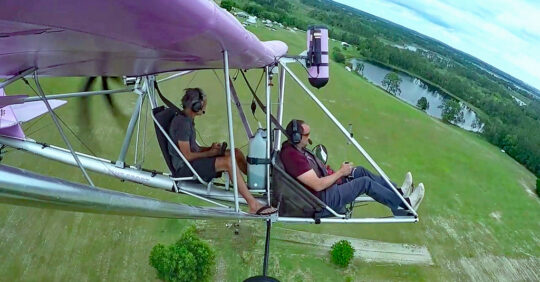 Is It Affordable?
Is It Affordable?
 A man of highly innovative design but very few words, many knew Bobby for years yet learned little about him. He was rarely one to talk about himself in public settings. I always figured that much of the time he was designing the next aircraft in his mind.
A man of highly innovative design but very few words, many knew Bobby for years yet learned little about him. He was rarely one to talk about himself in public settings. I always figured that much of the time he was designing the next aircraft in his mind.


 There’s little question
There’s little question 
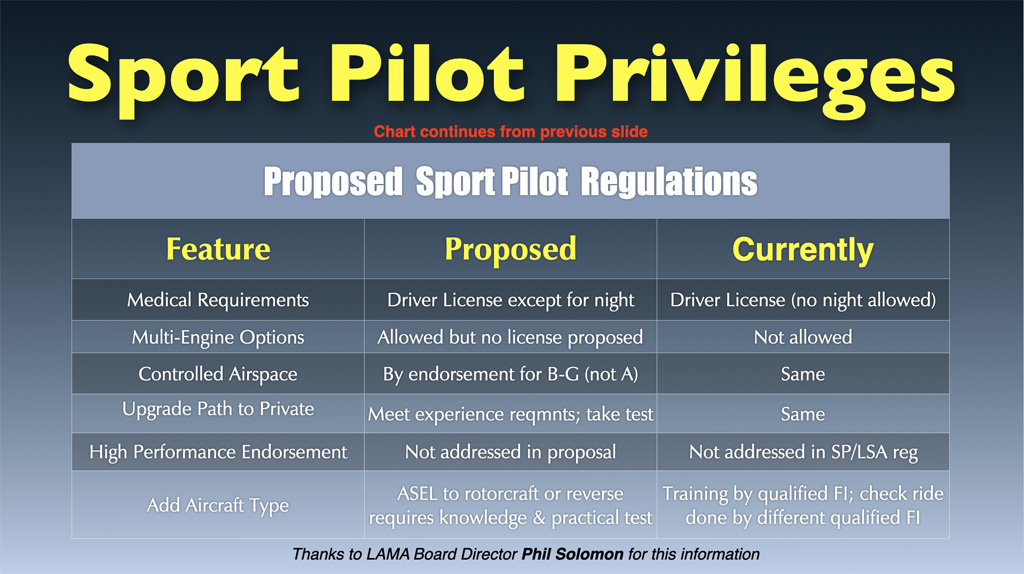




































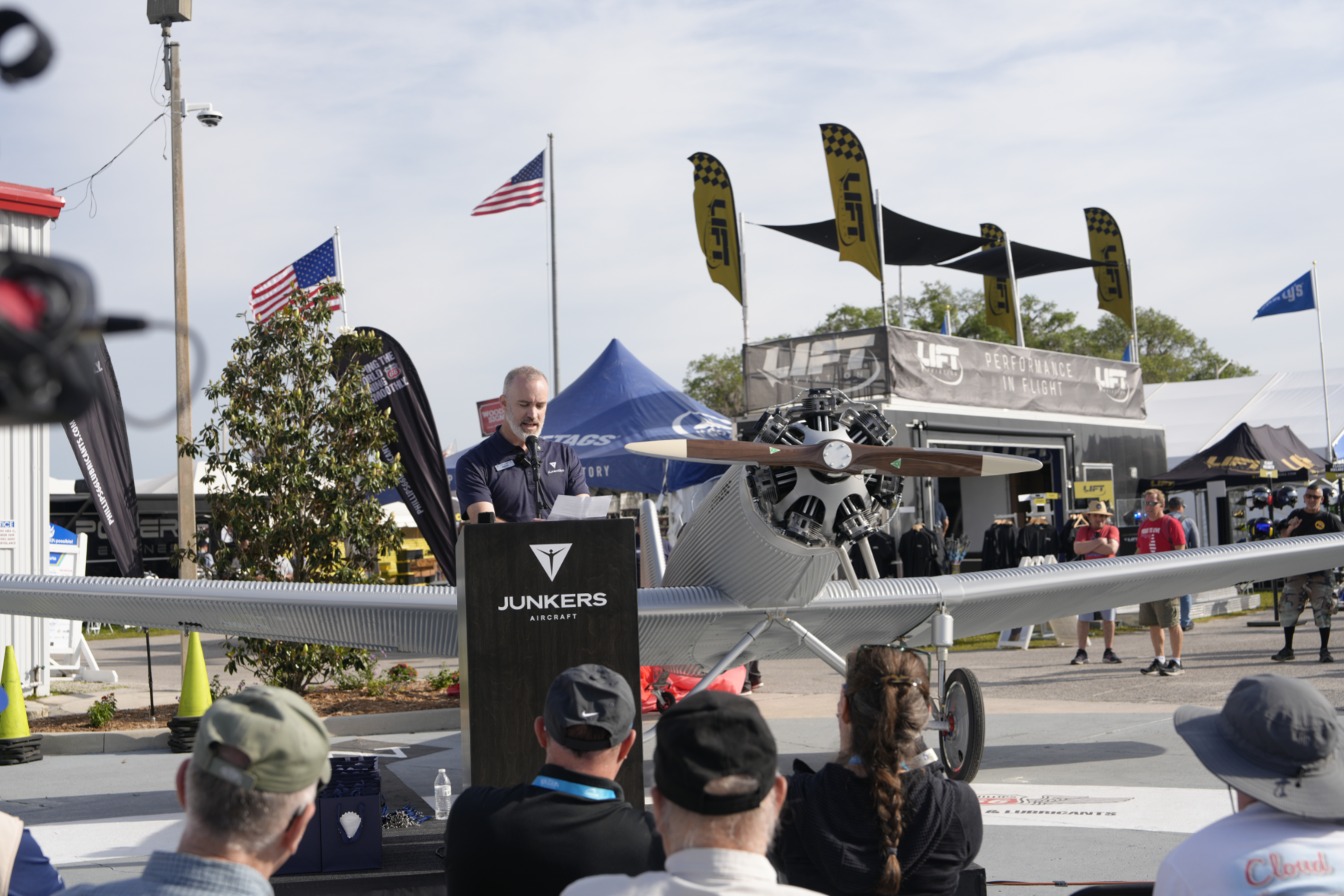
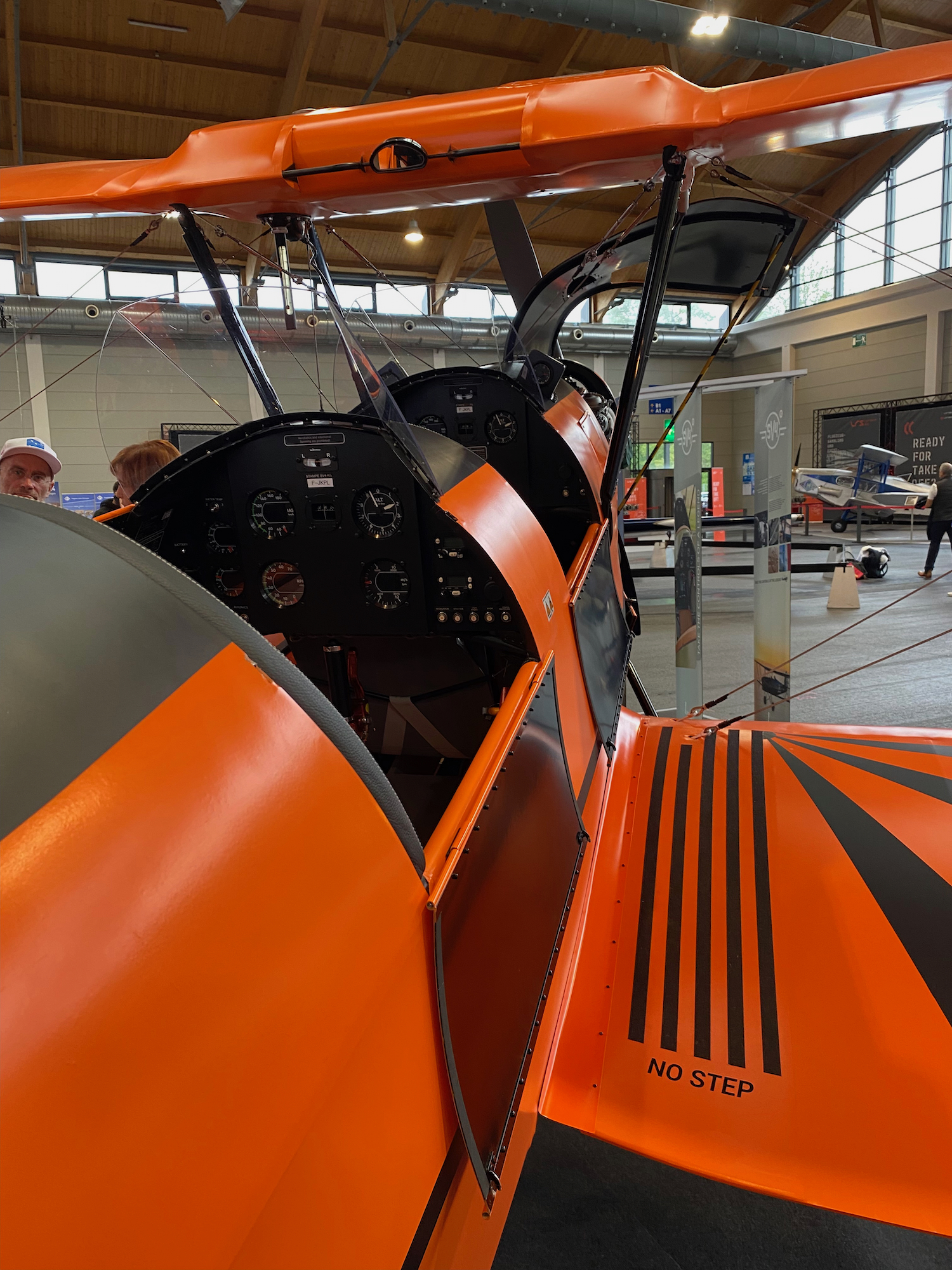



 “It’s designed like a 1300-pound aircraft that’s we’ve modified for two entirely different kinds of flying,” explains Top Rudder’s Chief Engineer George Boney. “It can handle up to 200 hp, but our standard Polini 303 allows for stall speeds under 20 mph and a cruise of 50 for ultralight flying. Or, you can add another fuel tank, a slightly larger engine and tires and have an inexpensive backcountry sport plane that has real STOL capabilities.”
“It’s designed like a 1300-pound aircraft that’s we’ve modified for two entirely different kinds of flying,” explains Top Rudder’s Chief Engineer George Boney. “It can handle up to 200 hp, but our standard Polini 303 allows for stall speeds under 20 mph and a cruise of 50 for ultralight flying. Or, you can add another fuel tank, a slightly larger engine and tires and have an inexpensive backcountry sport plane that has real STOL capabilities.”


